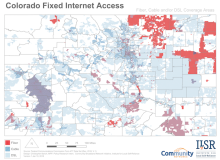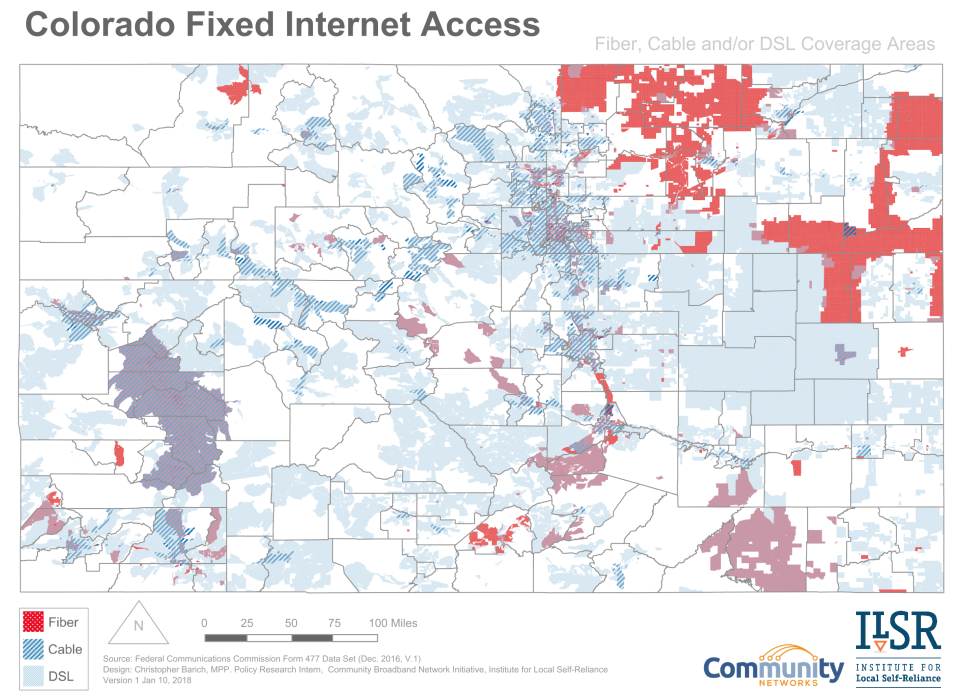Senate Considers Network Neutrality Today; Maps Show Millions At Risk
It’s May 16th and today is the day the Senate will vote on whether or not to reverse last December’s repeal of network neutrality rules by FCC Chairman Ajit Pai and other Republican FCC Commissioners. As a reminder, we thought this was a good day to pull out the maps we created that illustrate how that decision to repeal the federal policy put at least 177 million Americans at risk. Without network neutrality protections in place, these folks are limited to obtaining broadband Internet access only from providers that have violated network neutrality or have admitted that they plan to violate network neutrality tenets in the future.
Visualizing the Risks
Back in December 2017 when the current FCC made it’s misguided decision, we decided to take a look at the data and create visualizations to paint a picture of what they had done. We used Form 477 data, which tends to overstate coverage, so the problem in the field is likely more severe than the maps indicate. The results aren’t pretty.
At least 129 million people have only a single provider from which they can subscribe to broadband Internet access. The FCC defines broadband as 25 Mbps download and 3 Mbps upload. Out of those 129 million Americans, about 52 million must turn to a company that has violated network neutrality protections in the past and continues to do so.
In some places, the situation is a little better. There are 146 million Americans with the ability to choose between two providers, but 48 million of those Americans must choose between two companies that have a record of violating network neutrality.
For a larger image, download this version [18 MB png].






